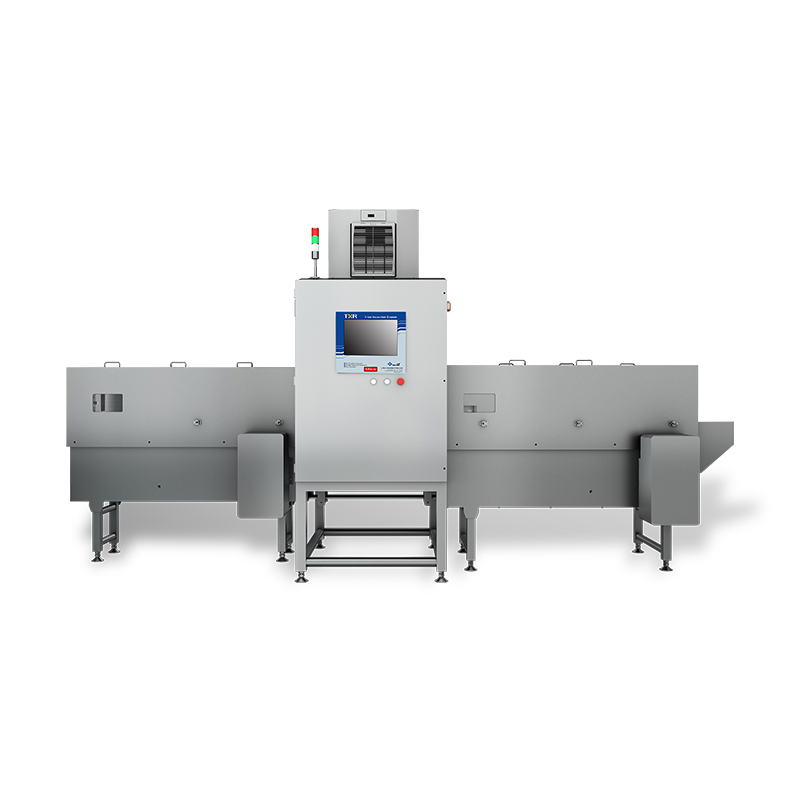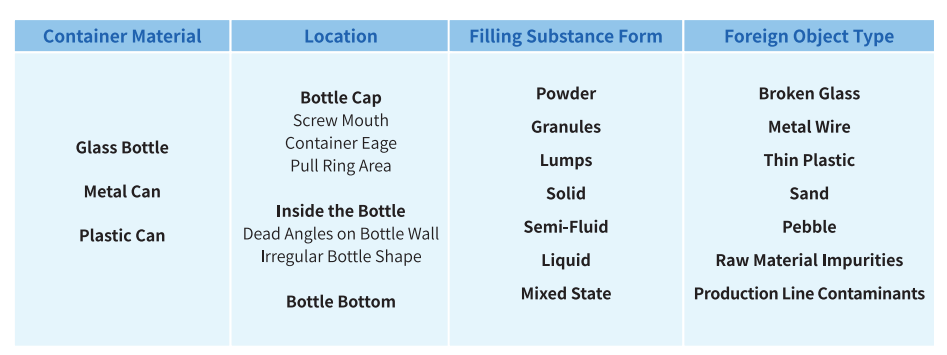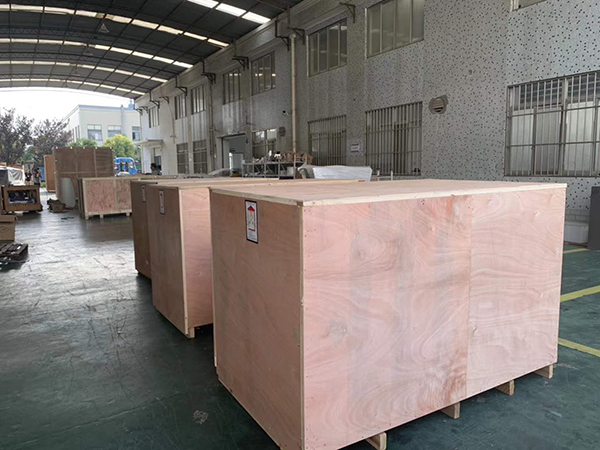Food X-ray Detector Inspection Equipment for Can, Bottle and Jar
Thechik® — MAKE LIFE SECURE AND QUALITY
Food X-Ray Detector Inspection Equipment for Can, Bottle and Jar
During the processing of canned, bottled, or jarred food, foreign contaminants such as broken glass, metal shavings, or raw material impurities can pose significant food safety risks.
To address this, Techik offers specialized X-Ray inspection equipment designed for detecting foreign contaminants in various containers, including cans, bottles, and jars.
The Techik Food X-Ray Detector Inspection Equipment for Cans, Bottles, and Jars is specifically designed to detect foreign contaminants in challenging areas such as irregular container shapes, container bottoms, screw mouths, tinplate can ring pulls, and edge presses.
Utilizing a unique optical path design combined with Techik’s self-developed "Intelligent Supercomputing" AI algorithm, the system ensures highly accurate inspection performance.
This advanced system offers comprehensive detection capabilities, effectively reducing the risk of contaminants remaining in the final product.

Video
Applications


Advantage
Factory Tour



Packing









